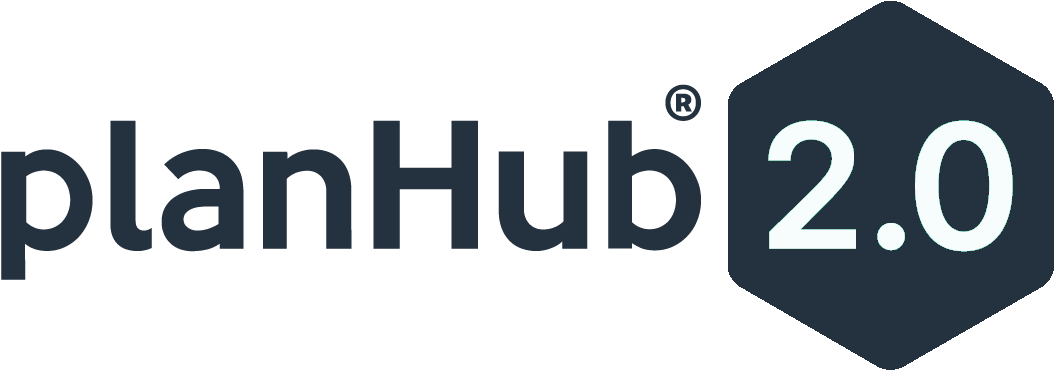Success as a contractor depends not only on your skills as a builder but your ability to recognize potentially-profitable jobs and submit accurate bids for them. While some clients will only admire your bottom line and choose the lowest bid, others pay significant attention to your qualifications and prior project experience. Knowing what to include and how best to present the information improves your chances to land good jobs.
Choosing RFPs
Choose bids based on work site location, ease of access, and the project conditions as presented in the request for proposals (RFP). Skip submitting a proposal if the job requires an excessive commute, access issues, or includes a majority of work days in extreme cold or heat conditions, materials difficult to work with or obtain, or includes hazardous situations. Although it’s important to snag the job, don’t compromise your safety and sanity!
It’s in the Details
You have two options for developing a bid: stick estimating and unit cost estimating. While the unit cost method turns out a quicker bid, stick estimating provides a more comprehensive bid. Before going through the detailed steps of a bid, keep in mind the following tips.
- Either way, the bid requires an itemized list of materials required with a markup of 10 to 15 percent to cover waste and overhead.
- Compare the proposed project with prior work you’ve completed as a contractor. You can pull references and information from prior proposals.
- Pull the estimated number of hours required for the job from prior similar work. Multiply your hourly rate by the job hours for the labor estimate. Add employee hours and their rate. Don’t forget your overhead here, too, to cover insurance, licenses, shop costs, and transportation.
- Include the real money item – a proposed work schedule. Include a cushion for things like weather and delayed materials or equipment.
Don’t bother attempting a bid on a project with no final plans. The client should have a set of plans that could go to the local building department. Conceptual drawings don’t count. You’ll, at best, be able to rough out an estimate using them.
Parties to a Construction Bid
The construction bidding process goes beyond the potential client and you. If your construction firm is large enough, the process also includes your estimator and salesperson. Smaller firms may have only one position that conducts both estimates and sales. Larger projects require information from sub-contractors.
Bid Planning
You get a more accurate job cost using the stick method. It requires separate labor and material lists but provides better, more detailed information.
- List the job steps or construction stages.
- Note the hours each step or stage requires.
- Compile a materials list for each stage.
- List each subcontractor required.
- Compile a registry of equipment and necessities for job completion. Include everything from permits to port-a-potties.
- Calculate out costs of each item across the lists.
- Apply your overhead/markup.
You can produce quicker bids using the unit cost bid method. Estimating books cut the time required to complete bids using this method, but carefully choose the book to ensure it uses unit costs based on construction methods in your area. In the east U.S., for example, steel I-beams prevail, but in the west U.S., glulam wood beams prove more popular, and the unit costs vary vastly. Estimate quickly but as accurately as possible by:
- Listing all line items required for the construction project.
- Assigning the unit cost to each of the line items.
- Totaling the line items.
- Applying your markup/overhead.
Before submitting the bid, have an experienced co-worker double check your accuracy. Regardless of the method you use, you should return a bid to the potential client within three to five days for smaller jobs, seven to 10 days for larger jobs.
Let PlanHub Help
Cut the hassle out of writing bids by using PlanHub’s bid management software system. It can help you find more work and complete the bidding process more easily. As your business grows, you can access larger projects with a PlanHub subscription. Scale your construction firm using our professional tools from the start. Contact us to learn more about getting started with the online bid process and shortening your time from receiving the RFP to bid submission.




